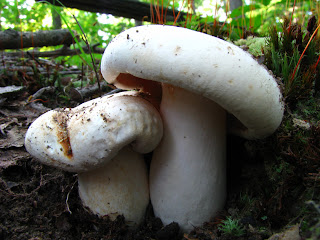🌱 "Organic Farming vs Chemical Farming": Which is Better for Our Future?

In the modern world of agriculture, the battle between organic farming and chemical farming is more than just a debate—it's a global concern that impacts our health, environment, and economy . With consumers becoming more conscious of what they eat, the question arises: Organic or chemical—what truly feeds us best? Let’s dig deep into this green-versus-gray tug-of-war and find out which farming method actually wins the crown. 👑 🌾 What is Organic Farming? Organic farming is a natural method of agriculture that avoids synthetic chemicals. Instead, it relies on: Compost, green manure, and biofertilizers 🌿 Biological pest control (like ladybugs or neem oil) 🐞 Crop rotation and mixed cropping Natural soil amendments like cow dung or vermicompost In short, organic farming works with nature, not against it . ✅ Benefits of Organic Farming: Healthier produce : No harmful chemical residues. Environmental protection : Protects biodiversity and soil health. ...

.jpg)

.jpg)

